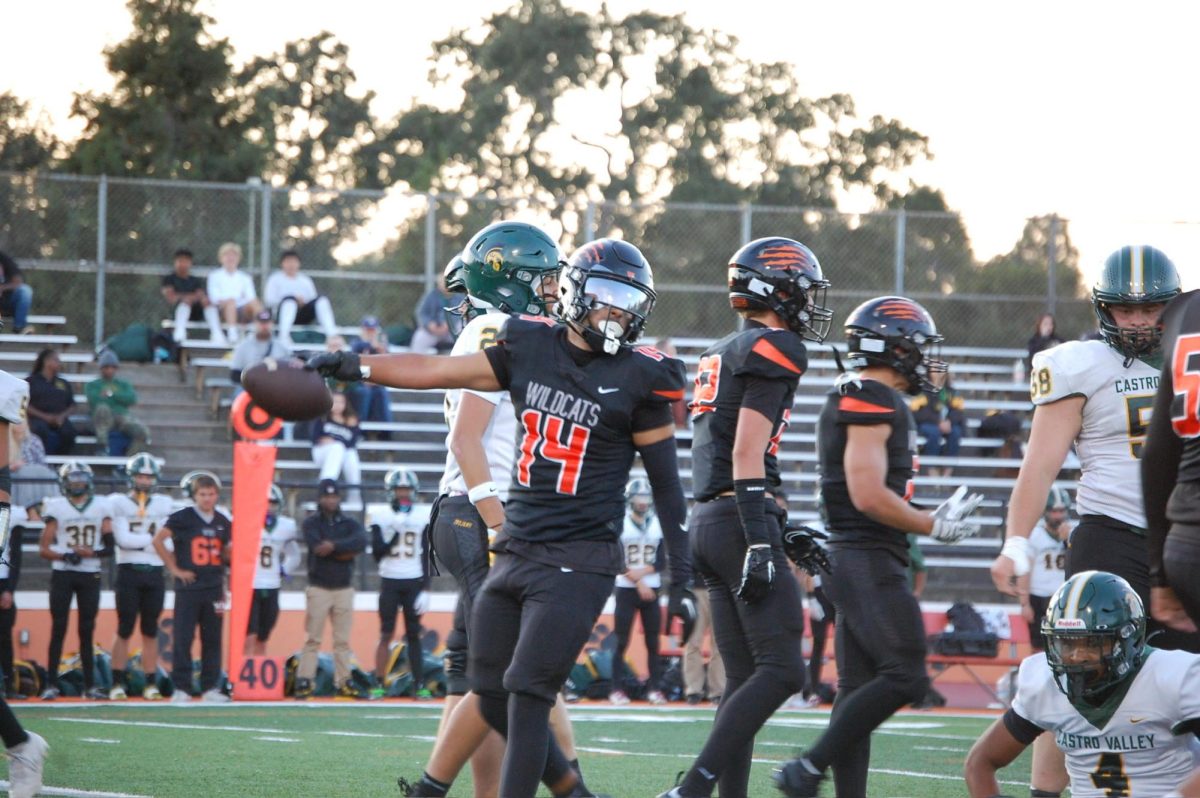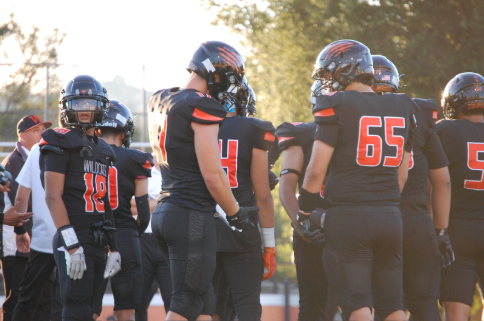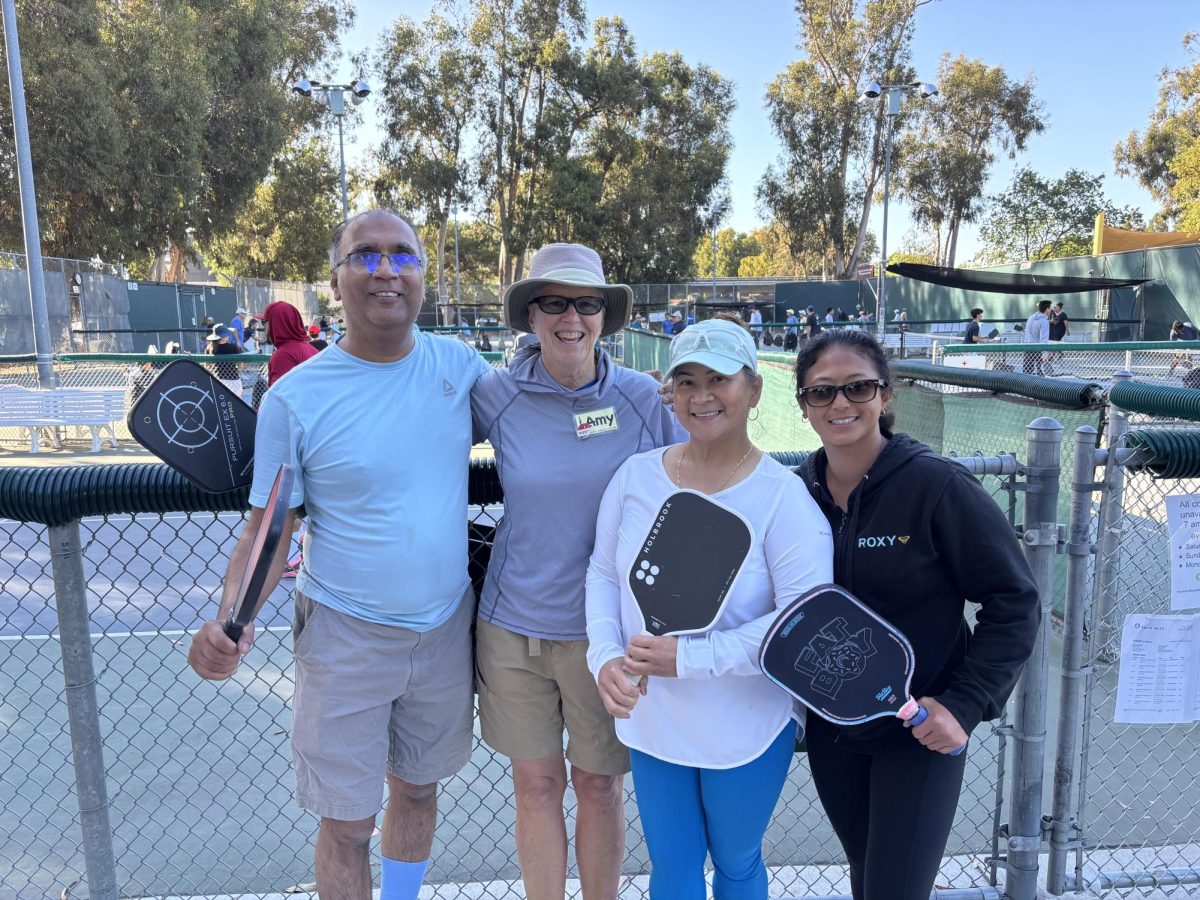Sam. Nikki. Erin. These are the names of athletes from Woodside that were interviewed for this article. They have participated in different sports such as weight-lifting, soccer, mixed martial arts, lacrosse, football, taekwondo, and tennis.
In your mind, how do you picture these athletes? If you picture them as strong, athletic males, you are already wrong. These athletes are girls who have either participated or are still playing these sports. But, for these female phenoms, the road to success has not always been easy.
Girls are often disregarded when it comes to both participation and spectating in sports. Females in middle school, high school, and nationally are not represented as highly as males.
Samantha (Sam) Nodine, an athlete who has played both soccer and lacrosse, tries to explain why girls are not allowed to make contact the same as boys can in sports.
“[It is] because we’re too precious,” she says.
A common misconception is that girls are too proper, gentle, or fragile. One possible contribution to the misconception is social media.
Almost everyone is involved in some form of media whether it be through Instagram, Facebook, Twitter, YouTube, the news, etc. All of the platforms offer widespread coverage of male sports – both high school and nationally, but exclude female sports from a large portion of this coverage. Mass media has formed the way “classic American culture,” as Erin Kilty calls it, sees women in sports. Kilty, whose first name also sounds masculine, is a foods teacher at Woodside and coaches the girls’ junior varsity team.
An example of a woman dominating a man in sports, given by Kilty, would be Billie-Jean King. She played against Bobby Riggs in the tennis ‘Battle of the Sexes II’ in 1973. Media covered the game as King won however- the coverage was in Riggs favor either reporting that Riggs had an unusually bad game, or that he purposely lost.
Kilty mentions, “In regards to audience…I think way more audience investment is in male sports- there’s no way around that fact. It just- with ticket sales, look at media coverage, and you could look at fans in the stadium.”
More male athlete’s names are known among the audiences in sports. If you like basketball- do you know Kobe Bryant? Well, do you know Teresa Edwards? She was the first WNBA (Women’s National Basketball Association) player. If you enjoy soccer- do you know David Beckham? Or, do you know Kristine Lilly? She played midfield but had the third highest number of goals scored for the female U.S team.
Nikki Myers, Woodside Senior, explains the reason male sports are watched more frequently is because, “guys are tougher” and are “more recognized than girls- just cause- that’s how it is.” Nikki managed the boys’ basketball team and has participated in taekwondo, mixed martial arts, tennis, and lacrosse.
Kilty agrees that the increased attendance for male sports could be positively affected by “the aggressiveness [which] is more entertaining.”
Randall (Randi) Stafford is a Woodside graduate from 2013. During her senior year, she played soccer for the Varsity team as well as Varsity football. Randi was Woodside’s kicker.
Myers and Nodine agree that girls’ sports are more of a social mean where girls can stay active, receive physical education participation, meet friends, and ‘hang-out’.
Title Nine forces high schools and colleges to gives female athletes equal opportunity when playing or participating in sports. Kilty explains, “If you say you offer football, that’s mainly for males, then you have to offer a sport that is mainly for females [at Woodside] such as… volleyball.”
When, earlier this school year, Woodside tried to start a boys’ volleyball team, it did not work because of Title Nine. If the boys’ volleyball team was made, Woodside would need to find another sport exclusively for female athletes.
Girls are often overlooked when it comes to sports nationally and locally. Though two females and only one male senior signed to colleges on Woodside’s National Signing Day, there is not equality in sports.
In lacrosse and tennis, girls wear skirts as part of their uniforms. In soccer, girl’s shorts are tighter and shorter than male’s shorts. No matter their skill level (Woodside girls soccer had a better record than the boys this season) girls are treated differently.
There is no particular evidence that soccer or basketball shorts were intended to be smaller and tighter, however if someone were to actually watch girls sports, you would see the difference.
Aggressiveness in female sports is not foreign. Kilty admits, “There’s often an expectation that if a girl who is more aggressive in a sport…she’s looked down more upon than if the same action and same scenario were to play out in a male sport; they wouldn’t look at it negatively.”
Being “aggressive like a boy” is often a saying which female athletes play by. On the other hand, athletes do not typically hear “aggressive like a girl”.
So, make a change- when you’re watching sports look for females on television or buy a girls’ sport ticket. Encourage girls to play sports and be aggressive.
Learn how to play like a girl.




